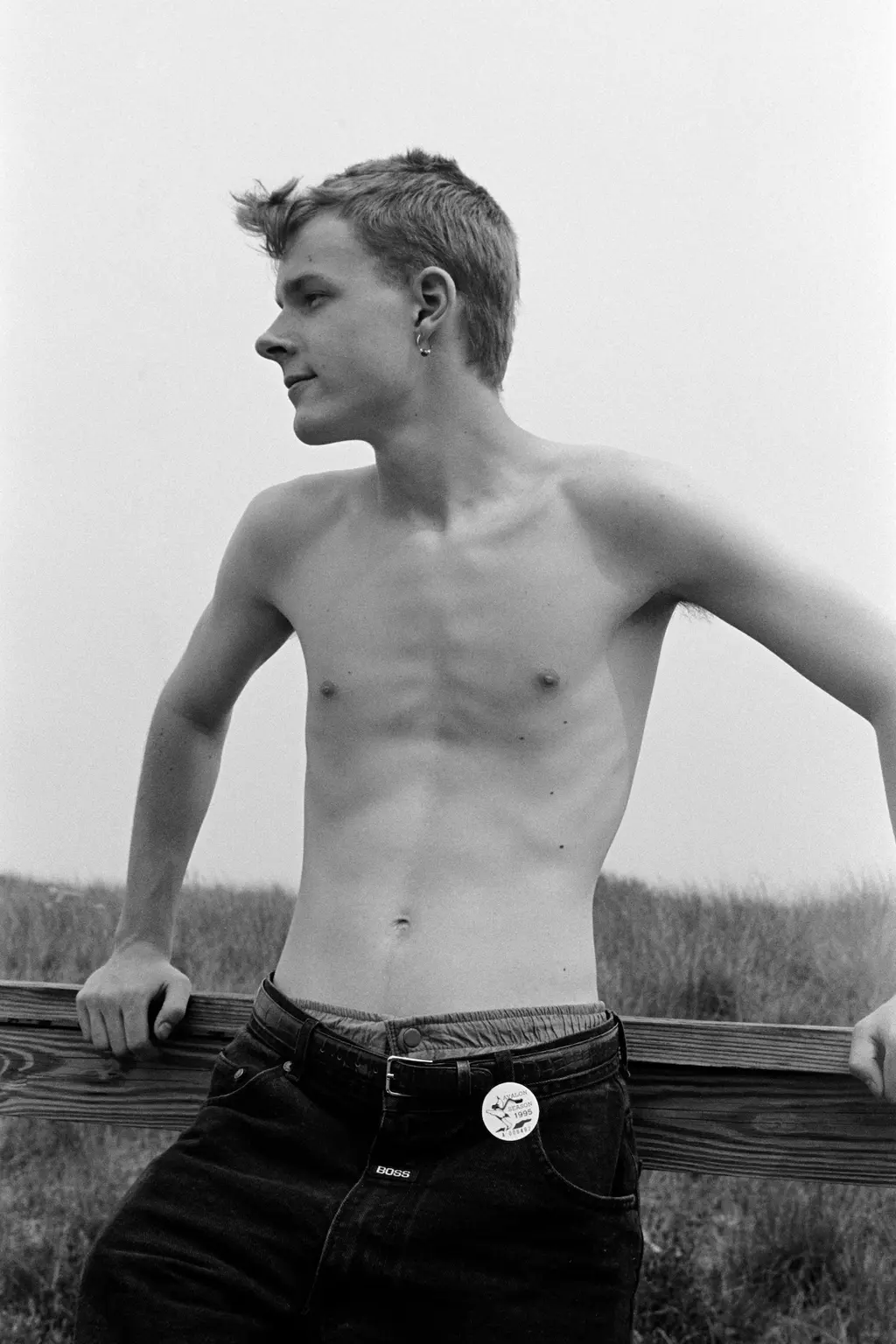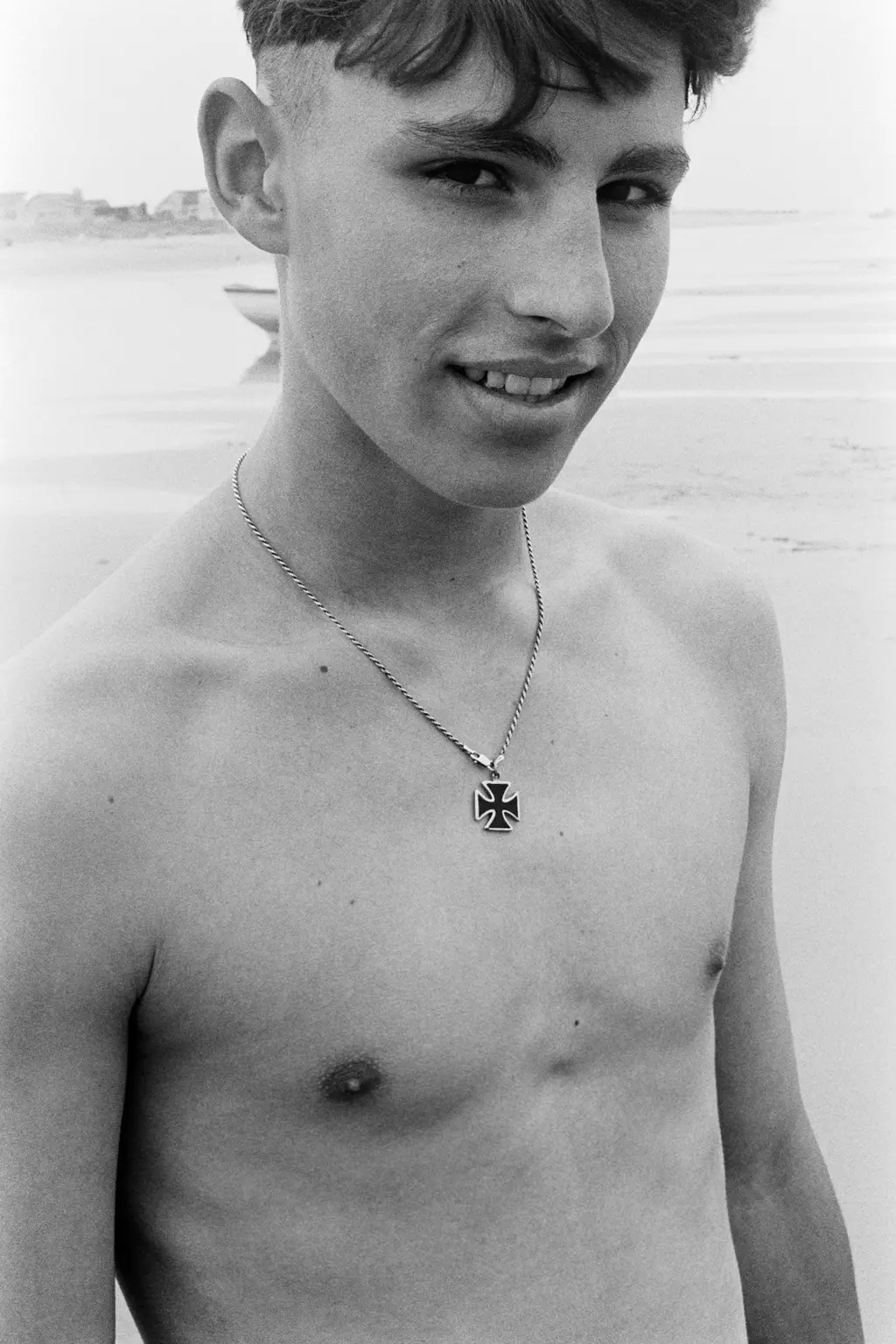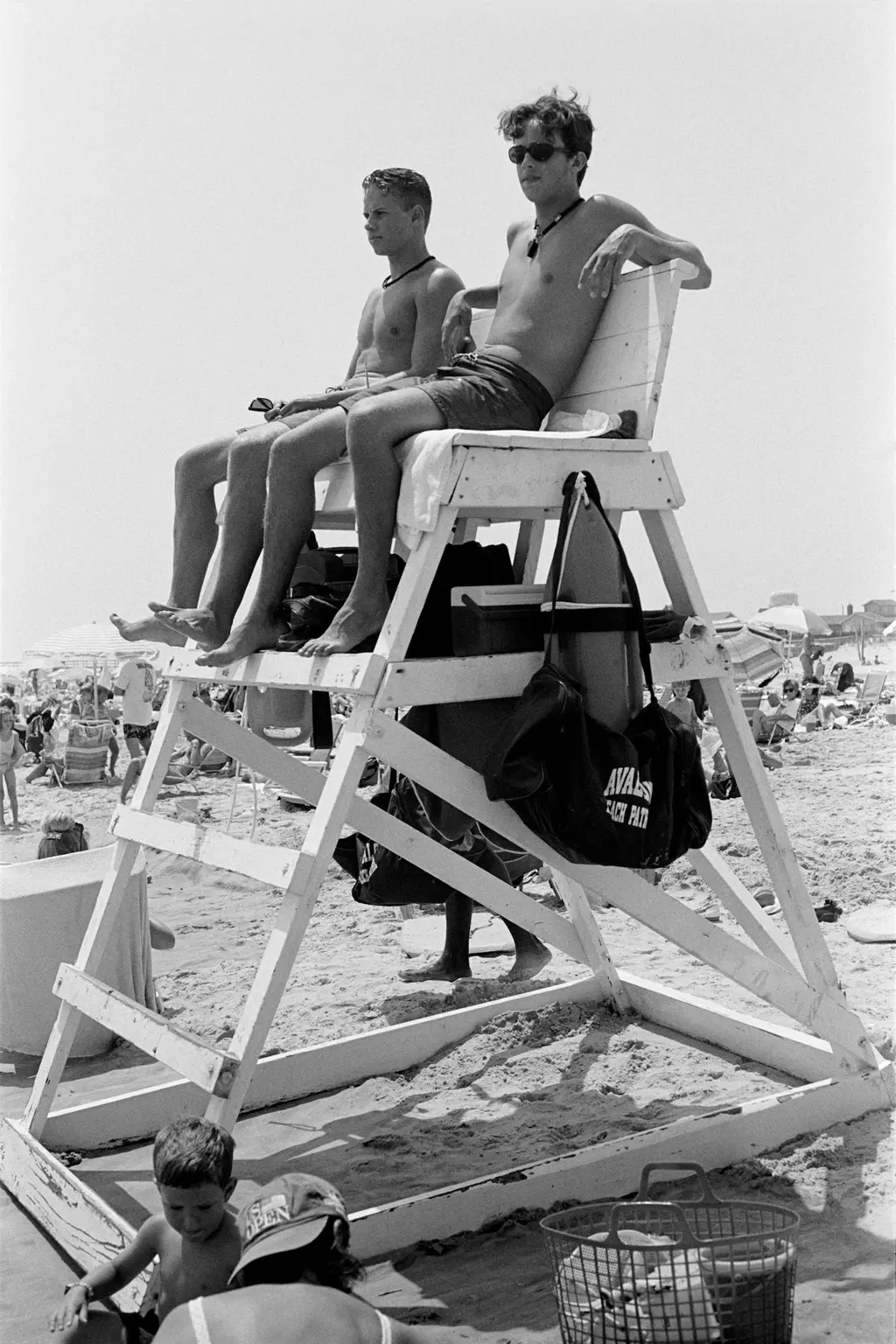Boys coming-of-age in mid-’90s America

Photographer Marc Vallée’s latest book captures youth culture, coming-of-age and freedom in his optimistic second volume of ’90s Archive.
Culture
Words: Andrew Finch
Photographer Marc Vallée has been documenting contemporary youth culture for the past three decades. He’s hung out with skateboarders, urban explorers, queer clubbers, art school students, graffiti writers and sex workers across Europe and his native London, his work melding into genuine relationships with his subjects, many of whom have become friends and long-term collaborators along the way.
In Vallée’s most recent publication, 90s Archive: Volume Two (the follow-up to Volume One, which followed a group of friends from the Cass School of Art and the queer indie scene from 1996 – 1998), which will launch at The Photographers’ Gallery in November, he returns to his photographic archive.
Here, Vallée presents a comprehensive body of work created during the summers of 1995 and ’96, between his time spent at art school in London and teaching photography at an arts camp in southern New Jersey.
With an analogue camera in hand and a fascination with American youth culture caught in the fray of surfing, skateboarding, the Beastie Boys and Larry Clark films, Vallée turned his lens away from London’s hedonistic clubland scene in pursuit of new territory.
Volume Two, then, is an origin, a record of an artist entering a new universe – tentatively at first, then with quickened steps, gaining assurance in voice and style, capturing the world around him as the tide rolled in.



90s Archive: Volume Two is a continuation in a series from your ’90s archive. Can you tell us more about it?
Volume One, published last year, was about queer London in the ’90s, [where] I documented friends I had met at art school and from the indie queer club scene. Volume Two is work I made in America over two summers before and during that time.
This is my first serious work as a photographer. I had just finished my first year at art school; it was the first time I visited America and I was visually overwhelmed. I saw the shoreline, the beaches, the fashion, the clothes, the music. I had been listening to hardcore punk and the Beastie Boys for so long, so when I went there, it felt like I was meeting that culture head-on.
Why are you drawn to shooting portraits?
I try to make images in an environment that makes sense to the subject and the viewer. This is a natural process for me, and I aim to create an image that reflects the essence of who the person is.
Beyond the context of an American youth culture zeitgeist, what influenced you when making the book?
I suppose the elephant in the room is Larry Clark. During that first summer [at art school], one of the photo tutors showed me an article from the New York Times about a film called KIDS that was coming out. So the first Larry Clark image I ever saw was a still from the film. It was like a light going on for me where it all made sense.
By the time I returned the following summer, I had a more conscious understanding of how documentation of youth culture could work. Going to America was a way to be part of another world, and to see the world in a new way. Even though I was slightly older than the subjects, we were from the same tribes.

Do you think the book can be interpreted as you exploring your sexuality through photography, and that it can be read through a queer gaze?
Maybe. I came out when I was a teenager long before I went to art school and picked up a camera, but I’m sure my sexuality is in the mix. How could it not be? One reading of this book is that I had fallen for an idealised notion of American youth. Halcyon days of a ’90s summer, maybe. Saying that, no one in the images, as far as I know, was gay.
Your later work is more politically focused. You went on to document sex workers, urban explorers and graffiti writers who often have a complex relationship with the spaces they occupy. How did this work set the tone for that?
The beach was a regulated space, especially at night. A friend had a Jeep – I would meet him in the parking lot at night and we would drive to Ocean City. One night, we were hanging out on the beach having a drink and then suddenly there were flashlights and cops telling us to move on. That killed a moment! It was intriguing that a space that seemed free in daylight was so controlled at night.
What is your opinion of the work now, looking back over it as a part of your life that took place almost three decades ago?
Nostalgia is a tricky thing but I see it as contemporary, if that makes any sense. It was the beginning of things for me. I’m not convinced I would have become a photographer if I had not got that first summer job in America. A whole new world opened up to me on so many levels, which I embraced. I made friends as well as photographs, which were inevitably of youth culture. It changed everything for me.
90’s Archive: Volume Two is available to order now at marcvallee.co.uk. Plus, join the photographer in conversation with Andrew Finch at The Photographers’ Gallery to mark the publication on Thursday 23rd November 2023








